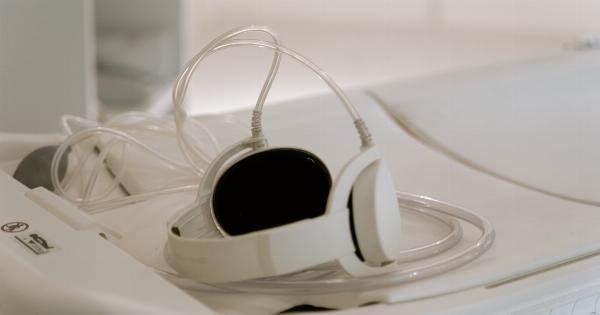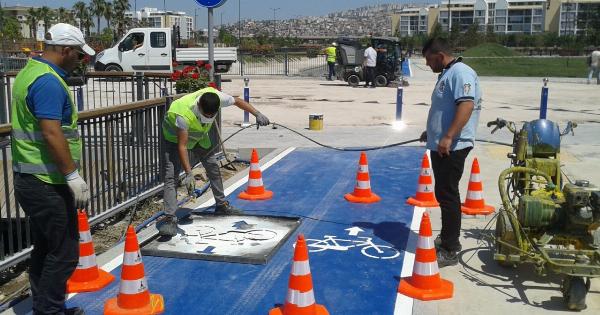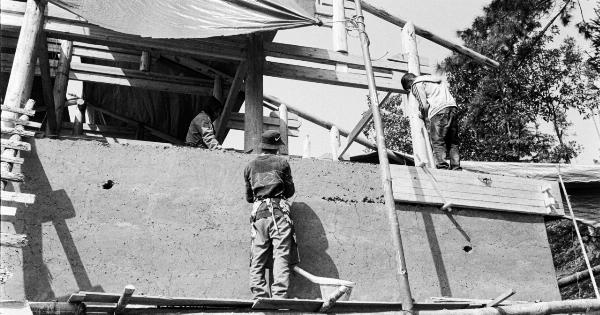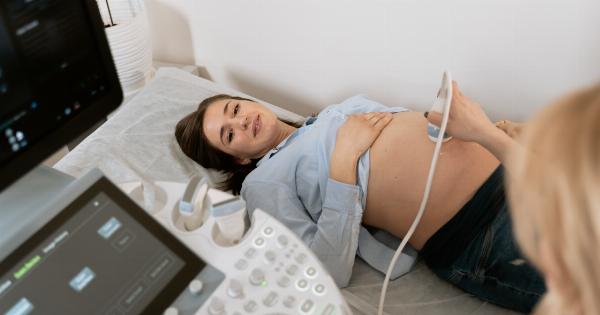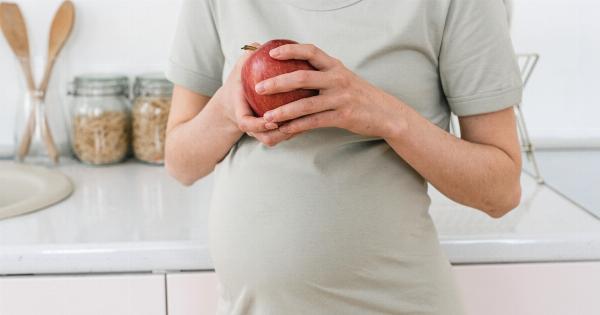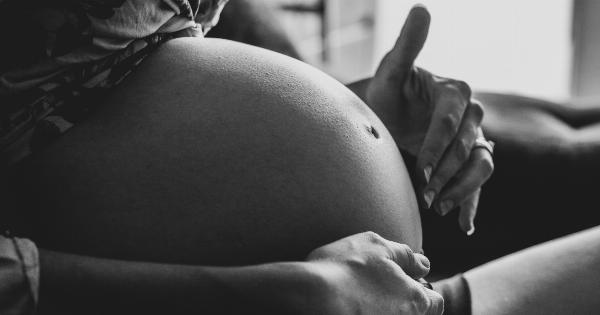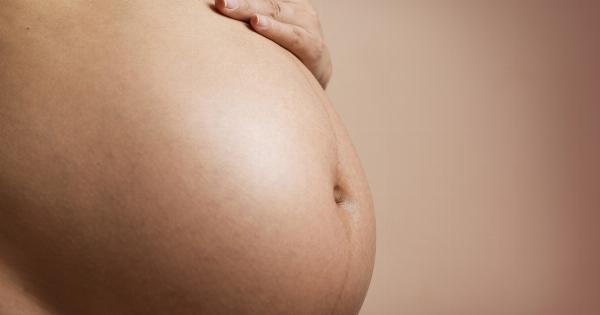As a woman approaches the end of her pregnancy, her body begins to undergo various changes in preparation for childbirth. One of the most significant indicators that labor is approaching is the presence of physical signs.
Understanding these signs can help expectant mothers know when it is time to prepare for the arrival of their baby. In this article, we will explore the most common physical signs of labor.
1. Lightening
Lightening refers to the baby dropping lower into the pelvis as labor approaches.
This can lead to a noticeable change in the mother’s appearance, as her belly may appear to sit lower and she may experience less pressure on her diaphragm, making it easier to breathe.
2. Braxton Hicks Contractions
Braxton Hicks contractions are often referred to as “practice contractions.” These contractions can start appearing weeks before actual labor, but they can become more intense and frequent as labor draws near.
Braxton Hicks contractions are usually irregular and do not cause the cervix to dilate.
3. Cervical Changes
As labor approaches, the cervix goes through significant changes. It may start to efface (thin out) and dilate (open up). The doctor or midwife can assess these changes during a cervical check.
Not all women experience noticeable cervical changes before labor begins.
4. Bloody Show
A bloody show refers to the loss of the mucus plug that seals the cervix during pregnancy. As the cervix begins to efface and dilate, the mucus plug may be discharged.
This discharge often contains a small amount of blood, which can appear as pink, brown, or red streaks. A bloody show indicates that labor may begin soon.
5. Rupture of Membranes
Another physical sign of labor is the rupture of membranes, commonly known as the breaking of water. This occurs when the amniotic sac surrounding the baby breaks, leading to the release of amniotic fluid.
If this happens, it is crucial to contact a healthcare provider promptly.
6. Increased Vaginal Discharge
As labor approaches, vaginal discharge may increase in quantity. This discharge is often clear and thin, but it can also be slightly tinged with pink or brown due to the presence of small amounts of blood.
7. Nesting Instinct
Many women experience a strong nesting instinct as labor draws near. This instinct manifests as a sudden burst of energy and an overwhelming desire to clean, organize, and prepare the home for the baby’s arrival.
8. Backache
Backaches are common as pregnancy progresses, but they can intensify closer to labor. The lower back may ache, and women may experience more frequent contractions or tightening in the back rather than in the front of the abdomen.
9. Pelvic Pressure
As the baby moves lower into the pelvis, expectant mothers may feel increased pressure in their pelvic region. This pressure can be uncomfortable and may lead to the sensation that the baby is going to “fall out.”.
10. Diarrhea and Digestive Changes
In the days leading up to labor, some women may experience loose stools or diarrhea. This can be attributed to hormonal changes and the body’s way of preparing for childbirth. The muscles in the intestines may also relax, causing digestive changes.
In Conclusion
Being aware of the physical signs of labor can help expectant mothers better anticipate their baby’s arrival and effectively prepare for the birthing process.
It is important to remember that every woman’s experience is unique, and not all signs may be present or as noticeable. Consulting with a healthcare provider is essential to confirm the onset of labor.



